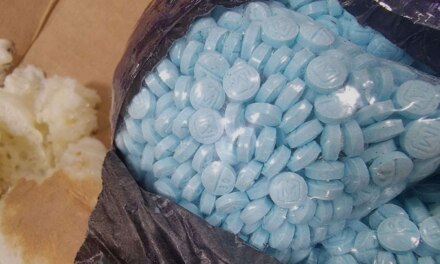Safer Supply is a name for an ambitious Canadian program that aims to replace illegal opioids with prescription substitutes (in this case, hydromorphone.) The purpose is to prevent unintended overdose while at the same time encouraging chronic heroin or fentanyl users to enroll in treatment services and begin to turn their lives around.
Vancouver B.C. is the initial test area, and so far, the results have been mixed. One major problem: it appears that a significant percent of the opioid medication that has been given out is actually diverted to other uses — resold on the black market, for instance, or traded for heroin, fentanyl, etc.
Here’s a link to an article on the subject.
In case you’re unfamiliar with hydromorphone, it’s also known as Dilaudid, or on the streets, “Hospital Heroin”. It’s valued among opioid users both for its rapid action and its potency– two to eight times that of morphine. The prescription version (especially in original packaging) sells for a premium on the illicit market.
Why? Mainly because users perceive it as safer than the usual street dope.
Diversion is always a problem for medication-assisted programs. I imagine that if the percent of meds being diverted here had been only 10%, people would have regarded that as acceptable. When it turned out to be 25%— well, that was just too much.
The theory behind such programs is that by providing opioid users with higher quality medical opioids, we encourage them to substitute the medication for their own lower quality illegal stuff. Here, it appears, that’s not always the case. Instead, a significant number of participants are selling it at a profit.
We should note that most program participants do take at least some of the Dilaudid as soon as they have it in hand. But afterwards — it can be put to other uses.
I’m not sure why the program managers didn’t see this coming. Or maybe they did, and thought they could somehow work around it. Perhaps the problem stemmed from what one expert called “a really flawed design.”
One thing seems clear: Program clients are not being sufficiently motivated to enroll in meaningful treatment. At least not yet. We’ll have to see what happens next.
I confess that I’m not particularly optimistic.













